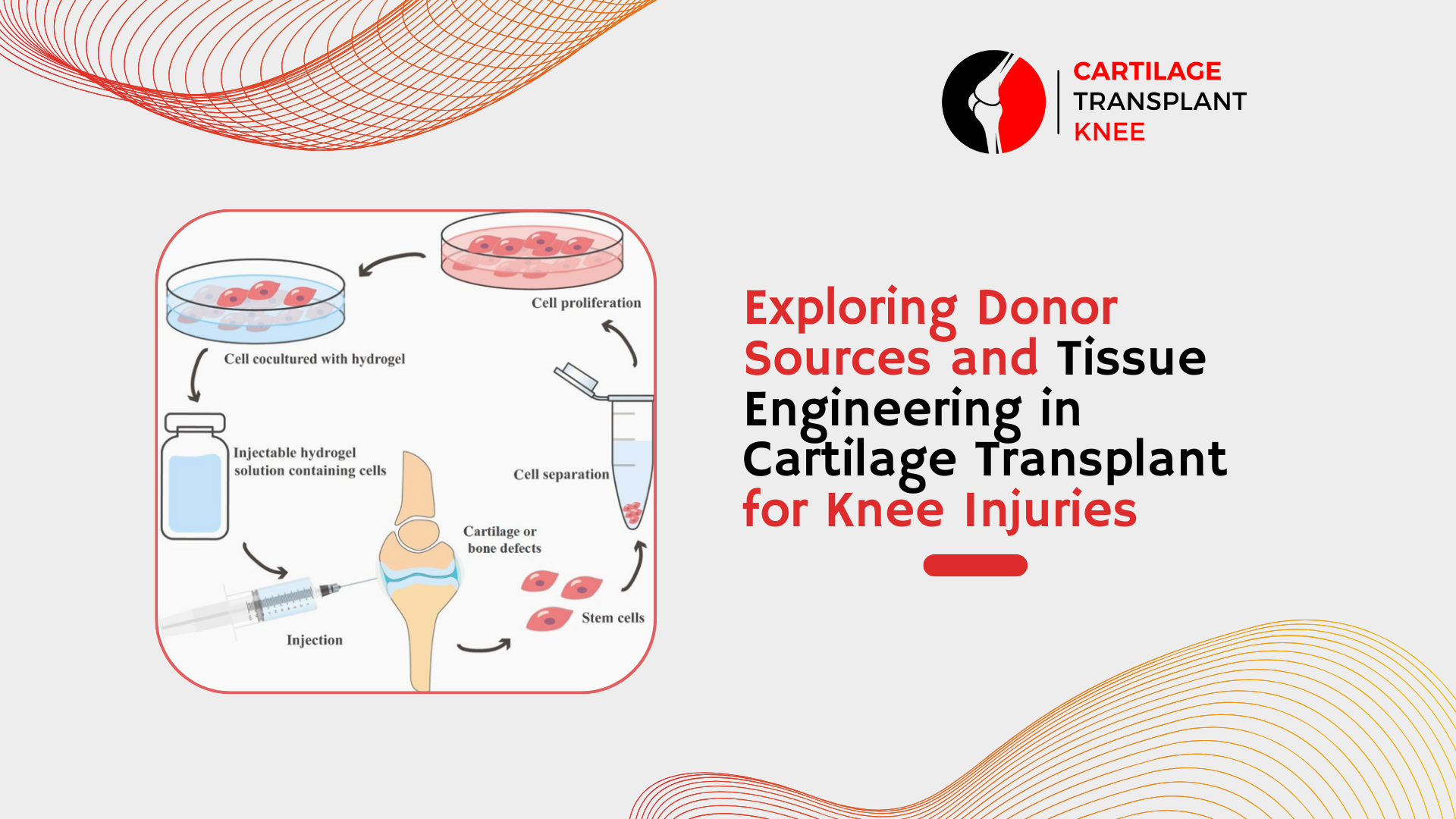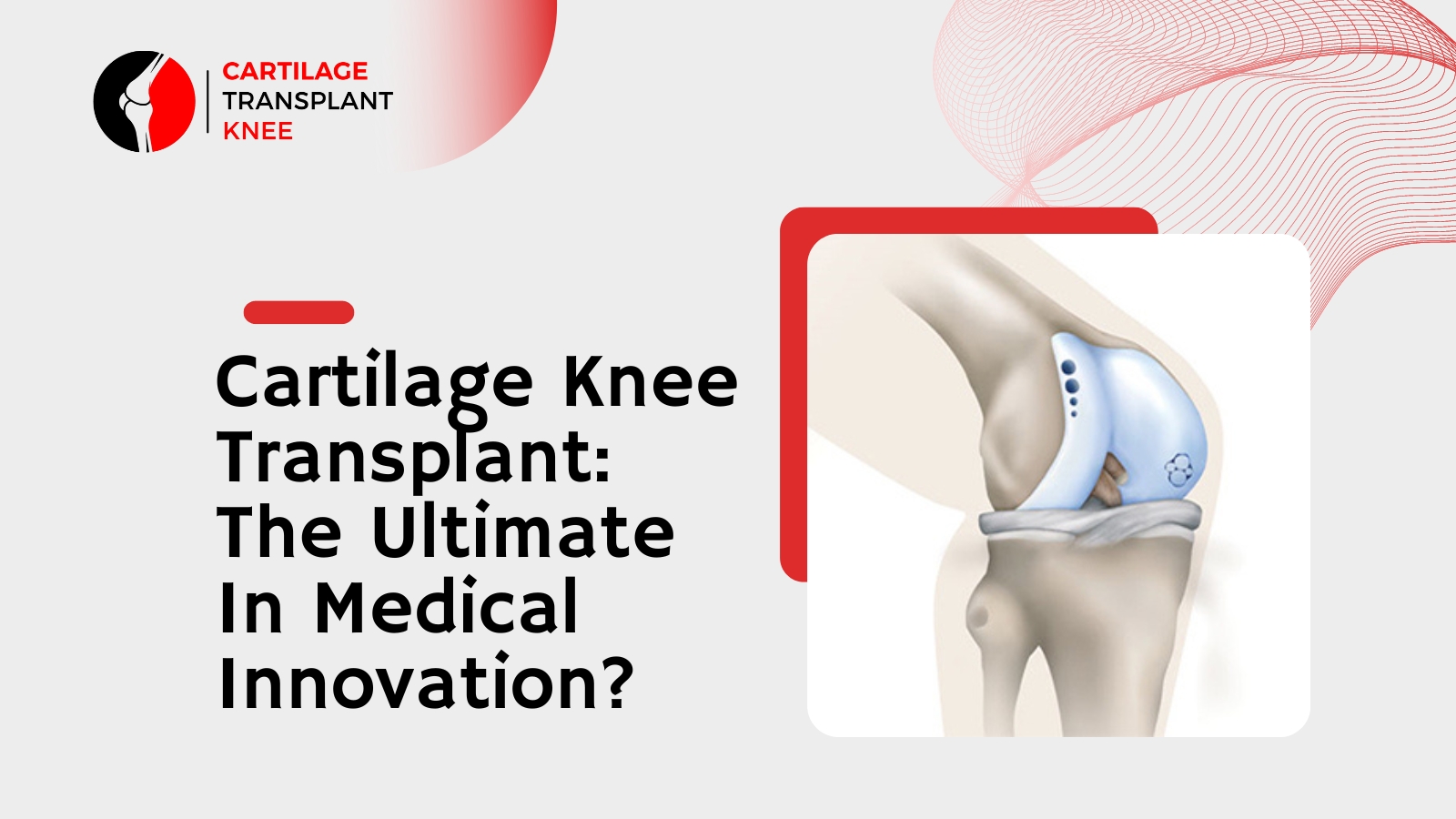The medial patellofemoral ligament (MPFL) is an essential stabilizer of the patella (kneecap) in the front of the knee. It attaches from the inner edge of the patella to the femur (thighbone) and prevents it from dislocating towards the outside of the knee. However, the MPFL can be injured due to a traumatic event, such as a sudden twisting or hyperextension of the knee, leading to patellar instability and dislocation. In this blog, we will discuss MPFL injuries and the available treatment options.
Pathology of MPFL injuries:
MPFL injuries occur when there is a sudden shift of the kneecap to the outside of the knee, leading to damage or tearing of the ligament. The severity of the injury can range from a minor stretch to a complete rupture of the ligament. The injury can occur due to various reasons, such as sports-related injuries, overuse injuries, or a direct blow to the knee.
Causes of MPFL injuries:
The following are some of the common causes of MPFL injuries:
1. Direct trauma to the knee: A direct blow to the knee, such as during a fall or a sports-related injury, can lead to MPFL injuries.
2. Hyperextension of the knee: Hyperextension of the knee can cause excessive stress on the MPFL and lead to an injury.
3. Patellar subluxation: Patellar subluxation occurs when the patella partially dislocates from its normal position, causing an MPFL injury.
Symptoms of MPFL injuries:
The symptoms of MPFL injuries can vary depending on the severity of the injury. The common symptoms include:
1. Pain and tenderness along the inner side of the kneecap
2. Swelling and bruising around the knee
3. Instability or a feeling of the knee giving way
4. Popping or grinding sensation in the knee
5. Stiffness or reduced range of motion in the knee
Treatment options for MPFL injuries:
The treatment options for MPFL injuries depend on the severity of the injury. Conservative treatment options include rest, ice, compression, and elevation (RICE), physical therapy, and the use of knee braces. However, for severe injuries, surgery may be necessary. The following are some of the surgical treatment options for MPFL injuries:
1. MPFL reconstruction: MPFL reconstruction involves the use of a tendon graft to reconstruct the damaged ligament. The graft is taken from the patient's own body, usually from the hamstring or patellar tendon.
2. Medial patellofemoral ligament repair: In some cases, the MPFL can be repaired rather than reconstructed. This involves sewing the torn ligament back together.
3. Tibial tubercle osteotomy: In cases where there is a misalignment of the knee joint, a tibial tubercle osteotomy may be performed. This involves repositioning the tibial tubercle to improve patellar tracking and stability.
In conclusion, MPFL injuries can be a painful and debilitating condition that can significantly impact a person's quality of life. It is important to seek medical attention if you experience any symptoms of MPFL injury. The available treatment options range from conservative measures such as rest and physical therapy to surgical intervention, depending on the severity of the injury. With proper treatment and care, most people can recover from MPFL injuries and regain normal knee function.









